What to Watch: Retail 2022 — Still Strong but Tougher

From 22 months of grappling with COVID-19, retailers have emerged more agile and consumer-centric, with leaner inventories and renewed faith in their physical stores as foot traffic rebounded in the second half.
But exceeding or even matching the sales and profit increases of the past year will be difficult if not impossible in 2022.
More from WWD
Retailers won’t get the lift from government COVID-19 stimulus checks distributed to Americans in 2021. President Biden’s “Build Back Better” agenda is stalled; depending on the path of Omicron, consumer spending could shift again toward experiences like travel and dining and away from stuff, and then there’s rising inflation — the worst it’s been in almost four decades — which will eat into disposable income.
While supply chain issues are easing slightly, it’s not happening as quickly as expected and Omicron could cause another round of factory shutdowns in Asia and shipping bottlenecks at sea. The variant is already deterring shopping in physical stores and threatening retail lockdowns.
“The setup for the first half isn’t good,” said one top executive at a national retail chain, who requested anonymity. “Inflation is raging. Omicron is raging, and the death of Build Back Better has investors nervous. There was stimulus sprinkled all through it.
“But I don’t think it’s doom and gloom. The economy is still on a relative good footing.”
As Dana Telsey, chief executive officer and chief research officer of the Telsey Advisory Group, sees it, 2022 will be a good year. “Companies are stronger. They have better balance sheets and are investing in growth initiatives to drive higher returns to stakeholders. However, “I don’t think 2022 matches the gains of 2021. I am still hearing of price increases continuing into 2022, and concerns that retailers get enough labor to staff the stores. Those are real issues. I don’t think trees go to the sky.”
“Demand has been thrown out of whack by government subsidies, the effects of the pandemic to the individual psyche, and the financial ebb and flow of opening and closing an economy,” added Greg Petro, founder and CEO of First Insight, the technology company that helps retailers develop and market products through customer insights.
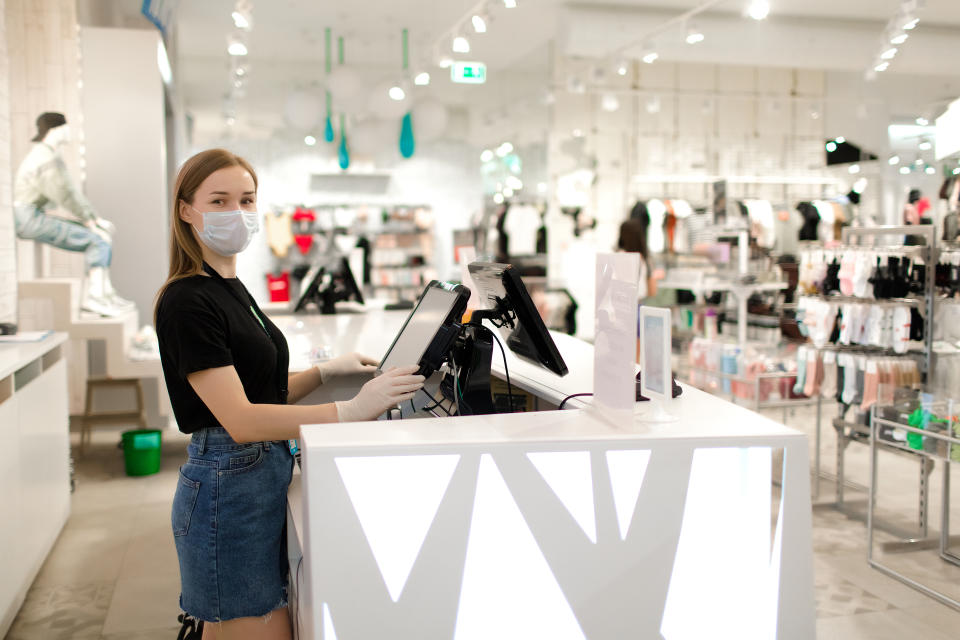
Elena - stock.adobe.com
Petro predicts “an inventory bubble” occurring in Q1 of 2022, since 40 percent of inventory ordered for delivery in the fourth quarter of 2021 never made it in time and will flow in during during the first quarter of this year. “That inventory can’t be returned. It will have to be addressed,” said Petro. “There is still a desire in the marketplace around apparel, accessories, and specifically casualization; however, the demand will not be at the same levels that we just saw. Pricing will have to be adjusted.”
He expects retailers this year to further increase services and conveniences such as buy online, pick up in store, resale, and alterations and repairs even in areas such as shoes and handbags, which generally have not been offered before.
“The dynamic nature of pricing, its variability such as with flash sales, is something to think about,” Petro added. Given the confluence of economic and social events — inflation, COVID-19, anniversarying the stimulus checks — a recession seems inevitable, he said.
Industry experts say retailers will have a tough time maintaining the high level of full-price selling seen in 2021, given the foreseeable glut of goods. The excess will primarily benefit offpricers TJX Cos., Ross Stores and Burlington, as well as the smaller Rack and Saks Off 5th businesses. Pack-a-ways, where retailers warehouse goods to sell in seasons subsequent to when they were originally intended for sale, are likely to gain in importance.
Retailers have other pressures. They are adjusting to the ongoing flight to the suburbs and diminished downtown populations, and activist investors seeking to raise the value of their shares are forcing companies to analyze potential spin-offs of dot-coms and divisions.
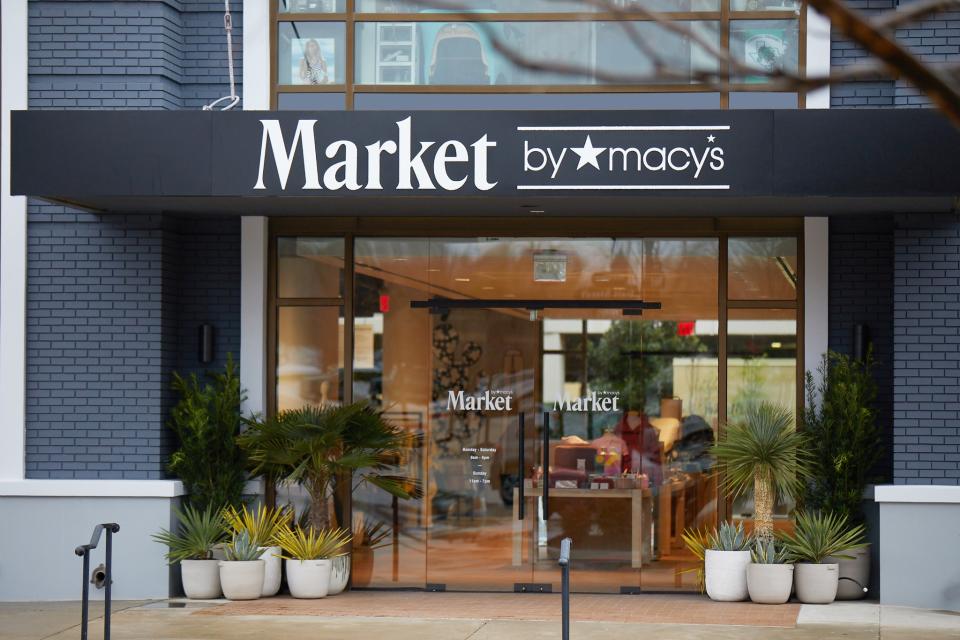
Courtesy Photo
Among the potential retail winners to watch in 2022, Telsey cited:
? LVMH Mo?t Hennessy Louis Vuitton for potential acquisitions, increased digital engagement with brands and strength in luxury, abetted by the likely return of the international traveler.
? Kohl’s, where the branded assortment keeps getting better and the addition of Sephora poses “a real opportunity,” though Kohl’s will have to marry its highly promotional posture with Sephora’s steadier pricing approach, and is under shareholder pressure to consider separating its e-commerce into a separate business and boost its stock price, currently trading around $51 and down from a 52-week high of $64.80.
? Macy’s Inc., for diversifying its assortment, developing a marketplace format in 2022, and rolling out its off-mall specialty formats — Market by Macy’s, Bloomies, Bloomingdale’s The Outlet, and Backstage. Bloomingdale’s is served well by its cross-generational appeal, fresh presentations and competitive edge in contemporary categories. “The energy is there,” said one senior-level executive from a major vendor, referring to Bloomingdale’s specifically. “Department stores are finally feeling healthier and renewed, but they still have some ways to go in most cases in building out the tactics that bring in more of the modern-day consumer.”
? Walmart, for being poised to grab market share, through its strength in groceries and the Walmart+ membership program launched in September 2020. It offers free delivery from a store, member prices on fuel at select stations, and use of mobile “scan & go” to scan items as a customer shops in-store, thereby streamlining the checkout process. Walmart is also rolling out health clinics and recently launched Walmart GoLocal providing deliveries to local businesses and increasing its revenue stream.
? Target, for being “ahead of the game” with omnicapabilities, appealing store environments, its partnership with Shipt for speedy deliveries, and the rollout of Ulta shops-in-shop.

In the luxury arena, Saks Fifth Avenue and Neiman Marcus Group will battle it out for designer distribution, exclusives and market share like never before. Saks, Neiman’s and other luxury brands have entered “an era of online personal shopping,” as Patrick Bousquet-Chavanne, president and CEO, Americas, at ESW, formerly eShopWorld, said. Store-based employees are being equipped with technology and training to assist online sales and build relationships across channels with customers.
NMG emerged from bankruptcy in 2020 with a strong balance sheet and money to invest back into the business, which it is doing especially in terms of logistics and technology, and has recruited new members of its management team. But some believe the Dallas-based firm needs to modernize its image, and there continues to be speculation that Bergdorf Goodman could be sold off — even as insiders have insisted to WWD that a BG sale is not about to happen.
At Saks, vendors and other retailers are eager for greater evidence that the separation of the Saks stores and saks.com into two companies is working as claimed. While Saks officials contend the separation brings value to the businesses and that the customer experience is unaffected and seamless, channel to channel, not all agree. “It’s pure financial engineering. It defies customer-centricity in my mind,” said Bousquet-Chavanne. While Saks is widening its offerings to become more of a platform, Neiman’s executives tell WWD they’re focused on luxury and those categories in which it has historically done best — women’s designer ready-to-wear, handbags, shoes, men’s, and fine jewelry.
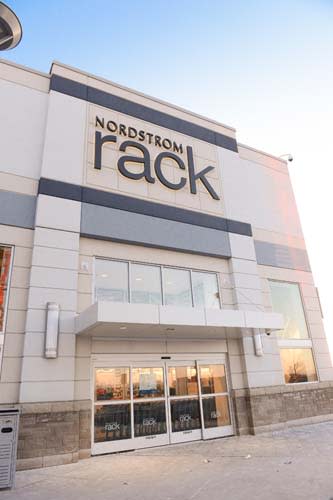
Courtesy
At the Seattle-based Nordstrom, the main challenge is to turn around the slumping Rack off-price division, and develop a bigger clientele for its impressive and costly 57th Street flagship in Manhattan, which opened in October 2019, four months before the pandemic began. In addition, Nordstrom is broadening its digital assortment from 300,000 items to potentially 1.5 million in a few years, by building up home assortments, among others, and using different business models to procure merchandise.
With Rack, the plan involves enhancing the marketing for greater brand awareness, increasing pack-a-ways, also known as “pack and hold,” to offset future supply chain disruptions, and reversing an over-dependence on lower-priced goods in certain categories and strengthening selections of “coveted” brands offered at “premium values.” Nordstrom executives won’t comment on reports that the company is considering spinning off Rack. While Nordstrom executives earlier this year cited growth potential for Rack by adding stores, some retail experts believe the chain is struggling to compete against the nation’s three off-price giants TJX, Burlington and Ross.
The spotlight is also on Amazon and its buildup of grocery and consumer product brick-and-mortar stores, including the cashier-less Amazon Go stores.
Victoria’s Secret’s ongoing rebound and its “store of the future” format seen in one Chicago-area location so far and gradually rolling out with more inclusive merchandising will be watched closely by investors.
J.C. Penney, which has come close to liquidations, continues to reinvent in the wake of its 2020 acquisition by mall operators Simon Property Group and Brookfield Asset Management. Penney’s has closed many stores, pared down its headcount and vacated its oversize Plano, Texas, headquarters. Yet the retailer is rebuilding its beauty departments in the wake of Sephora’s defection to Kohl’s, adding private brands to the assortment and partnering with Authentic Brands Group to add Juicy Couture and Sports Illustrated lines, and with SPARC, a joint venture between Simon and ABG, to add Forever 21 collections, among other merchandise initiatives.
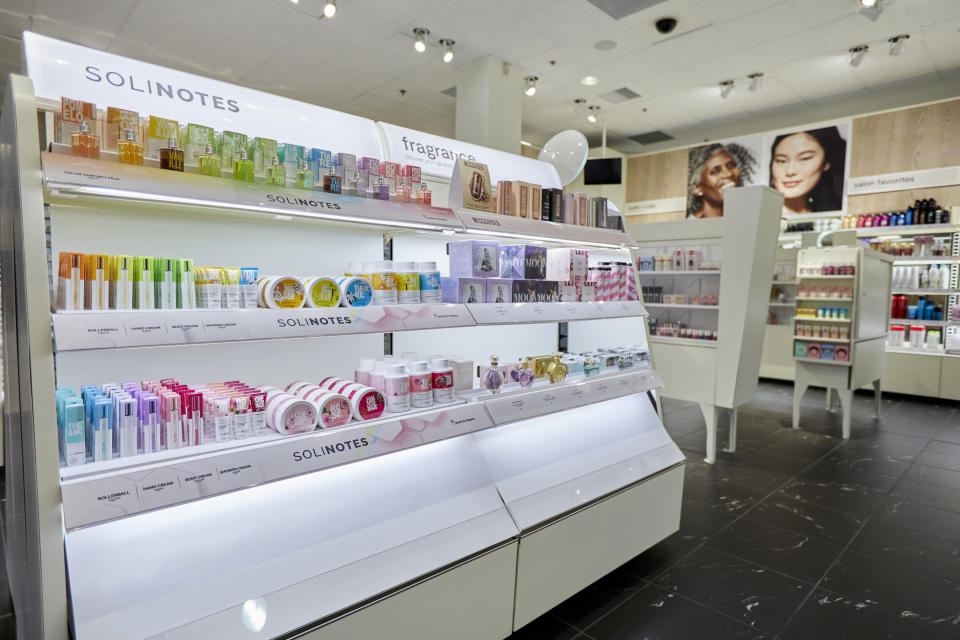
Regarding retail categories to watch: “The jewelry business continues to skyrocket. We see that continuing into 2022. People are spending on themselves more, and with the age of Zoom, jewelry is one of those things that still can be seen. A handbag might not be as important on Zoom,” said John Harper, interim CEO of Splitit, a tech company for buy now, pay later utilizing credit cards and so enabling consumers to take advantage of their credit.
“Furniture and mattresses will continue to expand,” Harper added. “Those businesses have been impacted by supply chain issues. As those resolve, furniture and mattresses, as well as the wellness business, grows. People see the need for better sleep. People are spending more on mattresses, and on furniture as they spend more time at home. That could change eventually. If back to work happens, a lot of business in the apparel industry opens up. It really depends on the pandemic.”
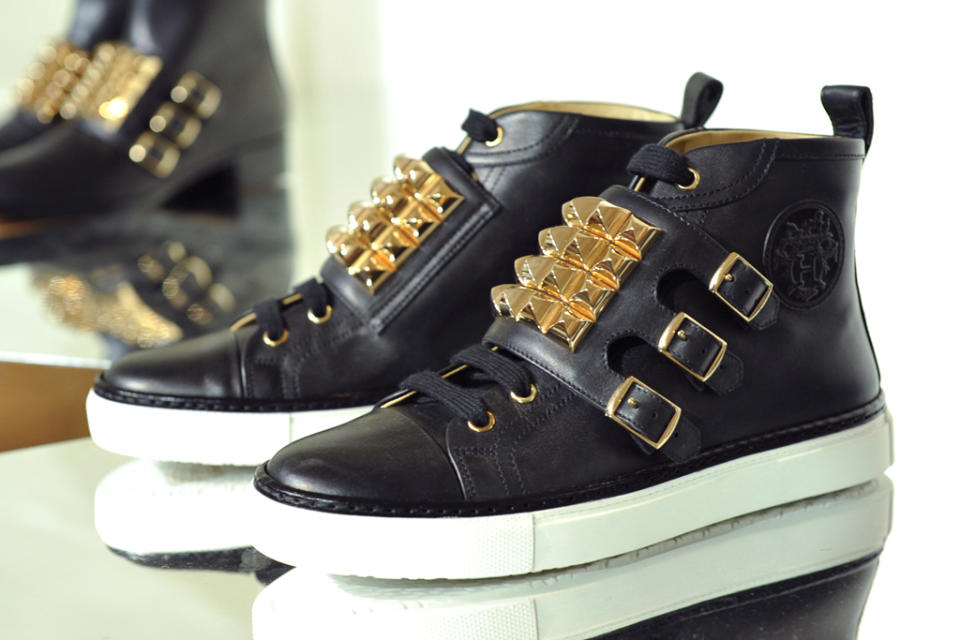
Xavier Granet
Retailers are citing strong sell-throughs in pants with wider silhouettes, denim, glittery and athletic-inspired footwear, and luxury even without the benefit of international tourism to the U.S. Specialty apparel chains have been seeing women replenish their wardrobes as vaccines were rolling out.
“As we enter the next year, there are still a lot of questions and situations which we will have to navigate, but probably calmer waters. We hope for some form of normalization but not before Q3,” predicted Bousquet-Chavanne, referring to supply chain issues and adjustments required for changing consumer shopping behaviors.
“The government turbocharging the economy that we will be anniversarying next year, that’s a headwind. By Q3, a more resilient supply chain with greater capacity should be available, with better flows, not up-and-down flows. I also see some degree of inflation continuing in the first half but to a lower degree than we saw in the second half of this year, as costs get realigned,” said Bousquet-Chavanne.
“In the second half of next year we should see more normalization of demand as well,” he added. “Looking back, we have never seen such a surge in global demand in every single consumer product category as we saw in the first six months of 2021.”
For 2022, “Most of our clients and brands are optimistic. I see the plans they are generating. There is a very strong luxury forecast,” said Bousquet-Chavanne. “We also play in beauty and apparel and those three sectors have a very optimistic view on consumer demand. The U.S. economy will remain strong on the back of full employment and salary inflation. That will trigger demand.”
He’s bullish on Europe. “We see Europe with lower inflation pressure. France was at 2.6 percent inflation versus the U.S., which was north of 5 percent last quarter. [Germany’s inflation rate was 5.2 percent at the end of November.] The demand for luxury goods and beauty in Asia will still stay very buoyant.”
According to Martine Williamson, chief marketing officer at Revlon, retailers must be aware that consumers “are really looking for that fully interactive experience. They’ve been relying on social and virtual master beauty classes, and that’s still an important piece of that shopping journey, though elevating the store experience through augmented reality, virtual reality and two-way dialogues is of growing importance,” Williamson said.
Clean, sustainable products, and bringing them to market utilizing recyclable materials in the packaging, shipping and in-store presentation, meaning fewer plastics and less excess, should be priorities, Williamson said. “Consumers are really looking into that. All elements of the experience are important.”
“I certainly see this desire to indulge oneself,” said Marian Salzman, senior vice president, trend spotter and global communications, for Philip Morris International. “People are going to do everything they can to create a luxurious home, a haven, and install electronic products to escape without escaping the four walls of their homes. There is a strong desire to shop through e-commerce. People do want to get out of their homes, but it’s e-commerce to the max.”
In 2022, Salzman sees consumers shopping heavily for expensive cookware, garden accessories, equipment for outdoor kitchens, luxurious fabrications and versatile clothing suitable for Zoom calls, office meetings, sitting in a cafe and the “new normal” of hybrid work schedules. More people will entertain with small dinner parties at home, she said. In her “22 Trendsightings for 2022” report, she wrote: “The world is shaping up to emerge from the dreary lockdowns and restrictions of COVID-19.”
She also wrote that “people are reconsidering what they want from work — and how much they’re willing to put up with. More is expected of companies, including not just fair wages but effective diversity, equity, and inclusion initiatives and a commitment to advancing social justice. As employers look into hybrid approaches and seek smarter ways to upskill and reskill their workforces, watch for a rise of ‘cohesion cultivators,’ internal and external specialists tasked with bringing together a scattered workforce in meaningful ways.”
At Joor, which operates virtual trade shows and a b-to-b marketplace, the gross merchandise value of retail orders is up 60 percent for spring 2022. “Right now in December, retailers are still ordering spring, and in January, they will start buying summer,” said Kristin Savilia, CEO of Joor. “We are seeing a tighter window between purchase and delivery. That’s healthy for the industry. When you bring goods in too early, then you are marking them down.” Still, many retailers are often ordering as early as they can knowing that deliveries are being slowed by COVID-19 issues.
December was “a record-breaking month” for Joor, Savilia said, noting that $2 billion worth of orders was written on the platform at that time. Orders for casual merchandise, not surprisingly, continue to be strong, though Savilia mentioned that she’s starting to see wear-to-work orders on the rise, for delivery in the June-through-September period.
The pandemic has been good for Joor since retail buyers are traveling less to trade shows and showrooms and working virtually to a greater degree.
“Even when the business came back and [in-person] trade shows went on, we did not see a dip in our platform,” Savilia said. “We see Joor being utilized in the physical environment by buyers using their iPads.” The Joor platform eliminates the need for manual spreadsheets and provides merchandise insights, she said.
“Retailers are in a better place today than two years ago,” said Telsey.
While it will be difficult for retailers in 2022 to match gains seen in 2021, “processes are updated,” she said, referring to “just-in-time” inventory delivery, effective digital marketing, enhanced loyalty programs, and new kinds of collaborations and partnerships between brands and retailers, i.e. Kohl’s stores opening Sephora shops and enabling shoppers to drop off Amazon returns. “Everyone’s processes have been adjusted for post pandemic. That should help margins and raise profitability… I am looking for a focus on value and brand strength and consumer companies being focused on process, purpose and profit.”
2022 RETAIL TRENDS, IN A NUTSHELL
Technology: Increasing investments in personalization, augmented reality for enhanced product viewing, selling and communication tools for sales associates, livestreaming, cyber security and insuring privacy to fight rising online fraud.
Conveniences: Investments in speedier deliveries, finessing buy online, pick up in store, and providing buy now, pay later, which could expand to other sectors such as cosmetic dentistry and plastic surgery but is getting greater regulatory scrutiny due to fears consumers could incur too much debt through BNPL.
Inventories: Deliveries arrive closer to need; markdowns more prevalent in the first half, second half sees greater full-price selling amid another extended holiday selling season; broader, eclectic assortments rise up through adoption of online marketplace formats.
Merchandise Trends: Casual sportswear and athletic footwear remain strong; workwear picks up; big opportunities seen in pet apparel and gear; health and wellness.
Re-engineering: Retailers eye potential spinoffs of divisions and dot-coms aimed at creating shareholder value: Macy’s, Kohl’s and Nordstrom weigh the possibilities.
Headwinds: Consumer spending could shift toward more experiences and less stuff; inflation has been the highest in almost four decades; labor costs continue to increase; anniversarying 2021 COVID-19 stimulus checks; the flight to the suburbs, and, of course, COVID-19 with the rapid spread of the Omicron variant.
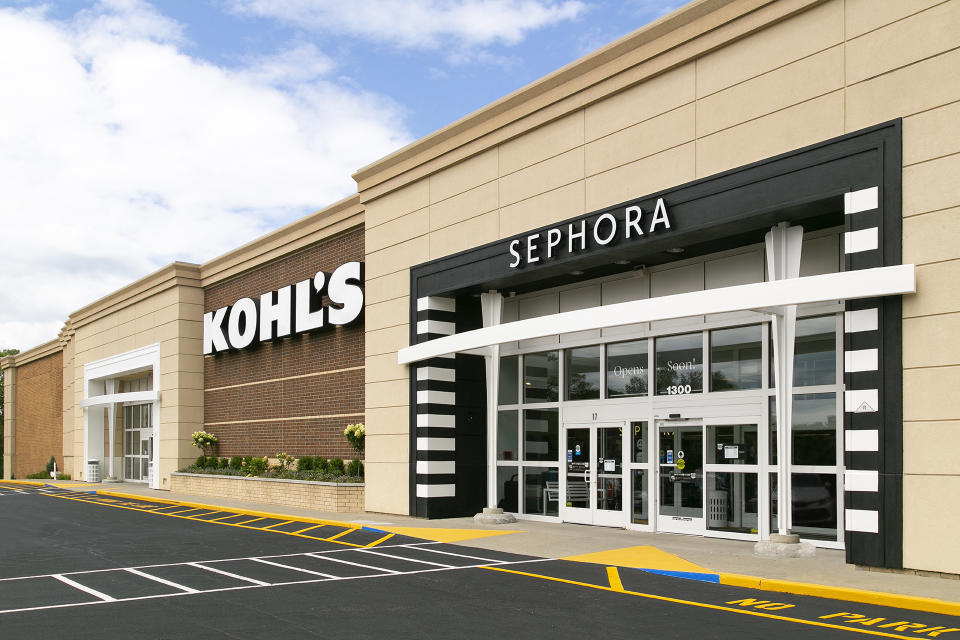
Courtesy of Sephora
Sign up for WWD's Newsletter. For the latest news, follow us on Twitter, Facebook, and Instagram.